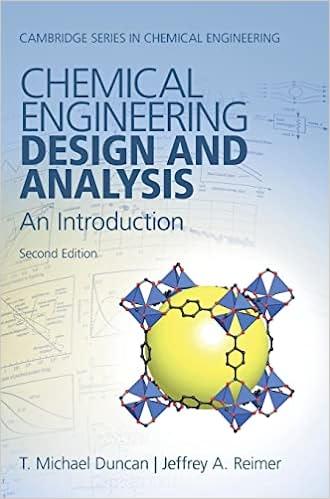Problem 3 (30 pts): Consider a modification of the air-standard Otto cycle (steady state) in which the processes are such that: - 1-2: polytropic compression from the bottom dead center to the top dead center with n=1.25. - 2-3: heat addition at constant volume - 3-4: isentropic expansion to the bottom dead center with u34=1044.52kJ/kg. - 4-1: heat rejection at constant volume pv and Ts diagrams of the modified cycle are given on the right. The compression ratio (i.e. the ratio between the highest and lowest volume) is 10 for this cycle. At the beginning of compression, p1=1 bar and T1=315K. The maximum temperature during the cycle is 2200K. a) (12 pts) What is the net work output of the cycle per unit mass in kJ/kg? b) (10 pts) What is the total heat loss from the cycle per unit mass in kJ/kg? c) ( 8 pts) What is the change in the specific entropy from state 1 to 2 ? (i.e. s12=s2s1= ?) Is your result possible? Why/why not? Expla Neglect kinetic and potential energy changes. If you need to do interpolat the tables, you can use the nearest value instead of doing interpolati example: if you need a property at 316K, you can use the values at 315 Problem 3 (30 pts): Consider a modification of the air-standard Otto cycle (steady state) in which the processes are such that: - 1-2: polytropic compression from the bottom dead center to the top dead center with n=1.25. - 2-3: heat addition at constant volume - 3-4: isentropic expansion to the bottom dead center with u34=1044.52kJ/kg. - 4-1: heat rejection at constant volume pv and Ts diagrams of the modified cycle are given on the right. The compression ratio (i.e. the ratio between the highest and lowest volume) is 10 for this cycle. At the beginning of compression, p1=1 bar and T1=315K. The maximum temperature during the cycle is 2200K. a) (12 pts) What is the net work output of the cycle per unit mass in kJ/kg? b) (10 pts) What is the total heat loss from the cycle per unit mass in kJ/kg? c) ( 8 pts) What is the change in the specific entropy from state 1 to 2 ? (i.e. s12=s2s1= ?) Is your result possible? Why/why not? Expla Neglect kinetic and potential energy changes. If you need to do interpolat the tables, you can use the nearest value instead of doing interpolati example: if you need a property at 316K, you can use the values at 315







